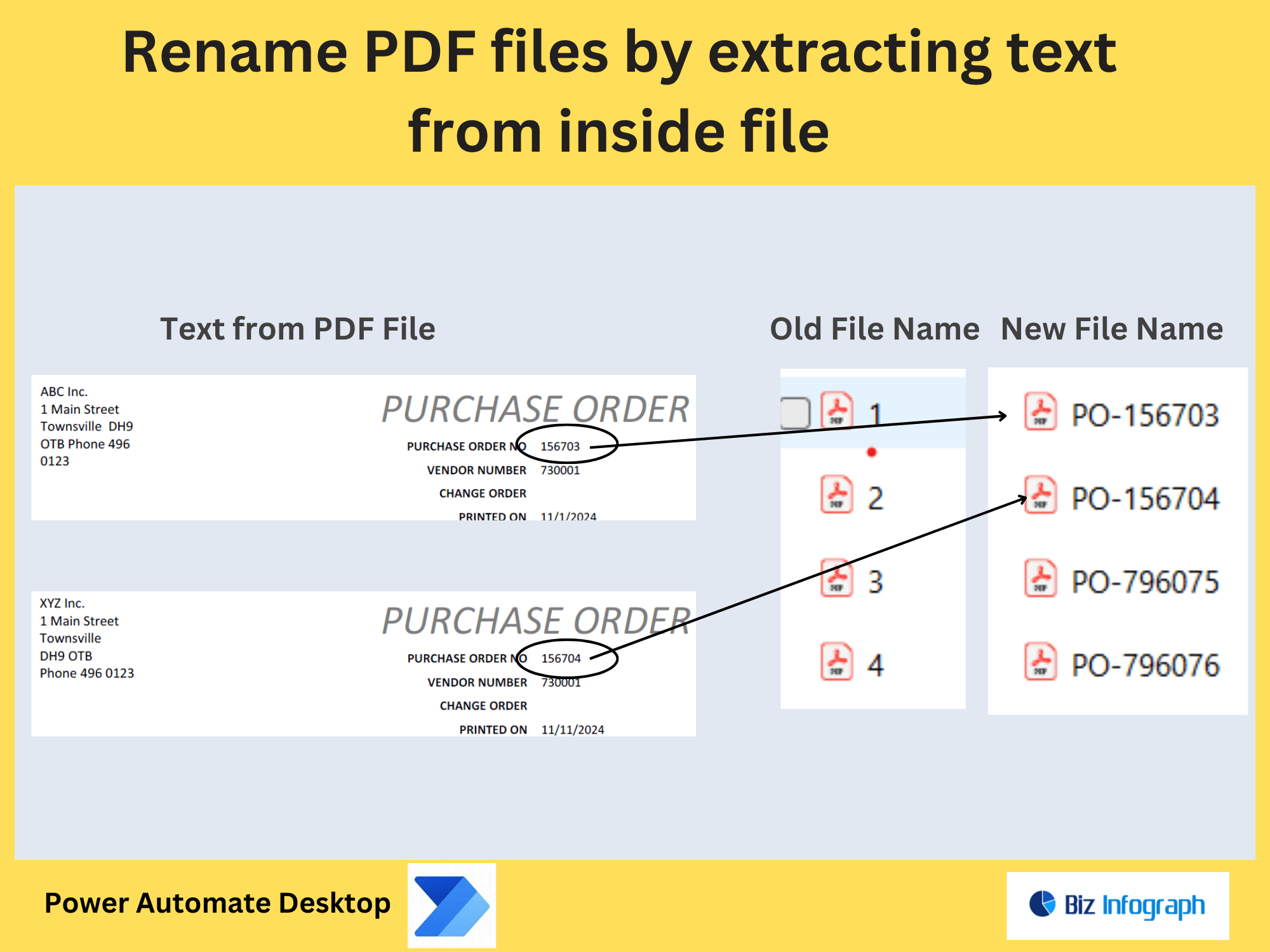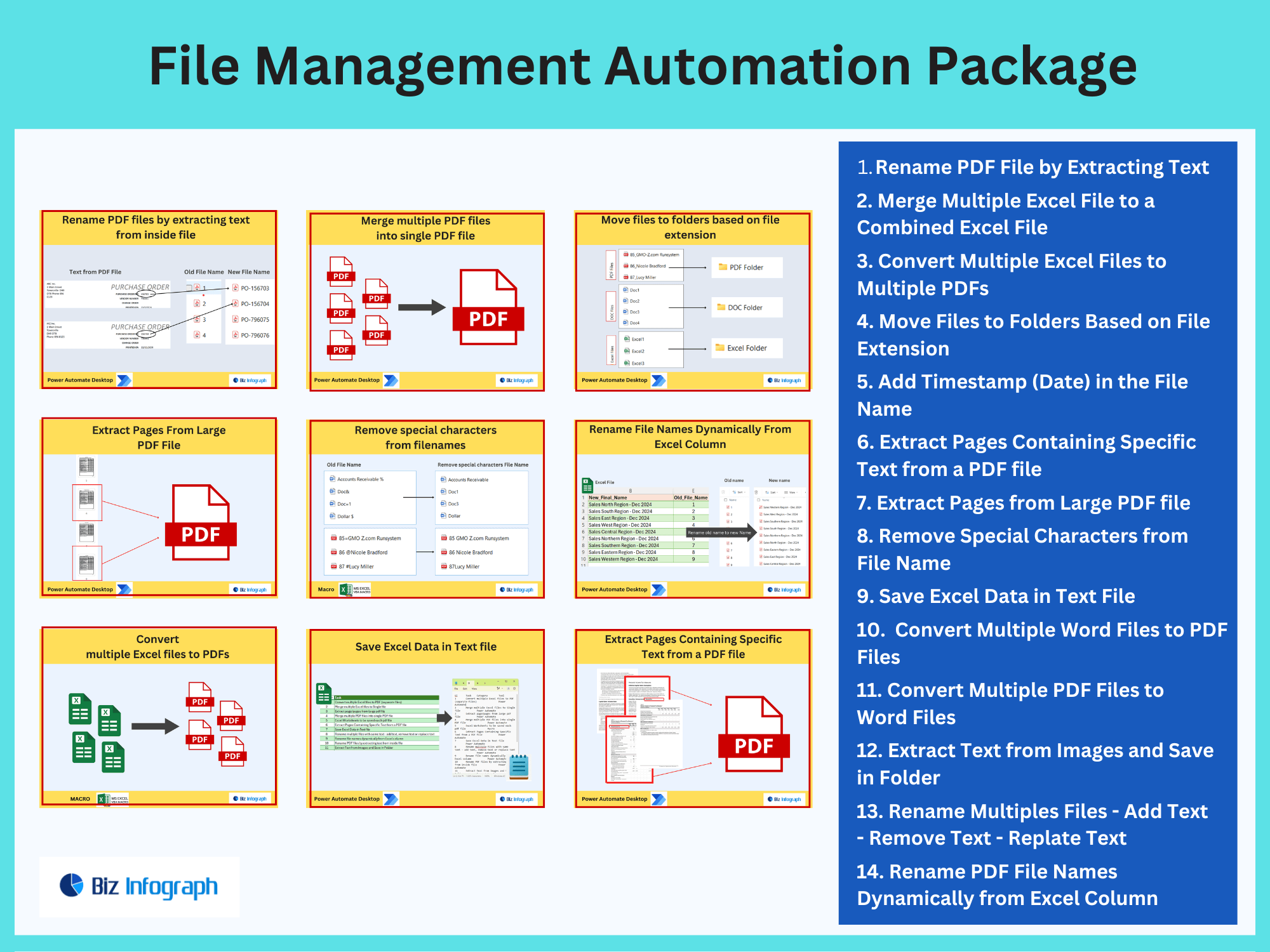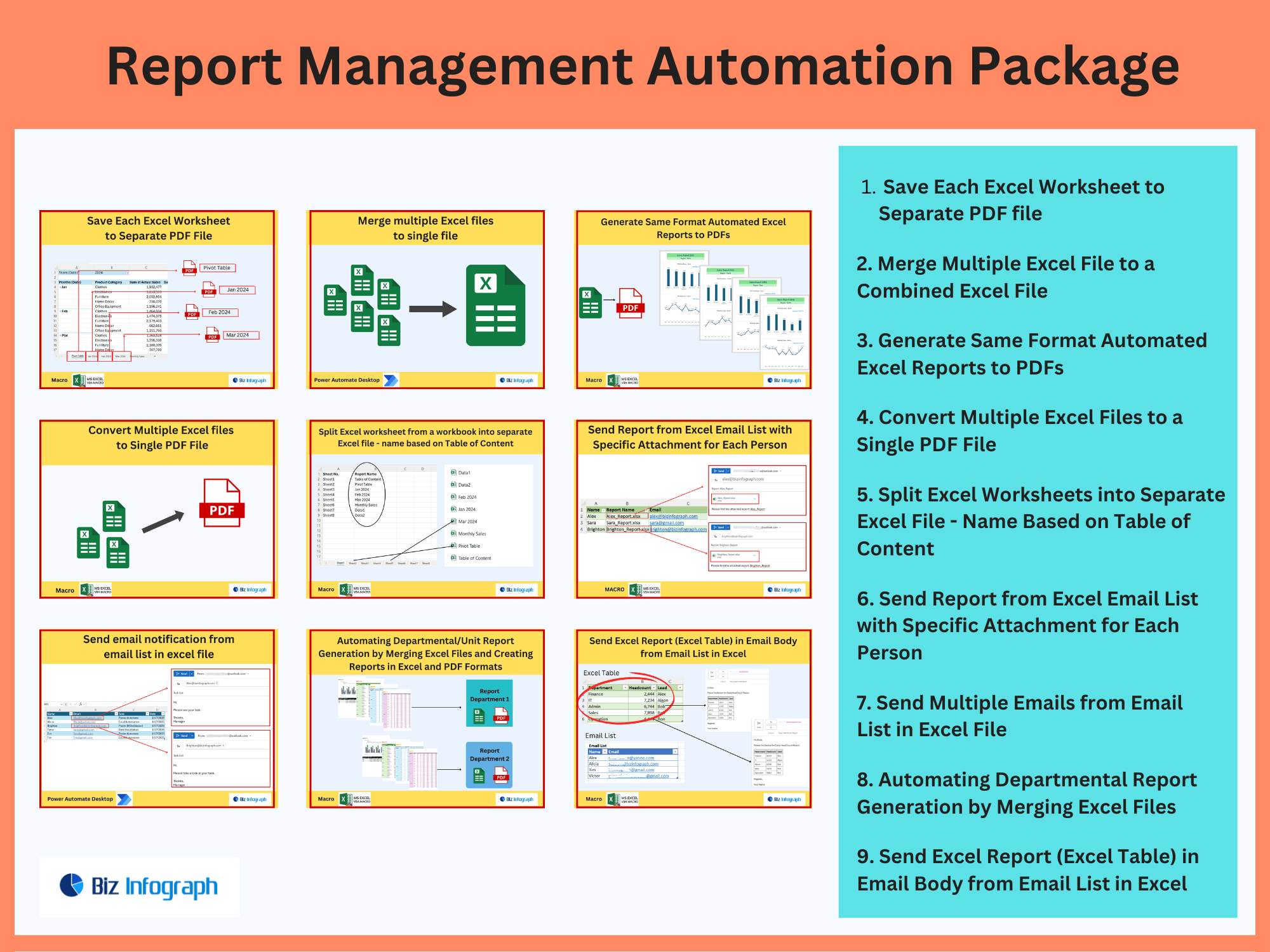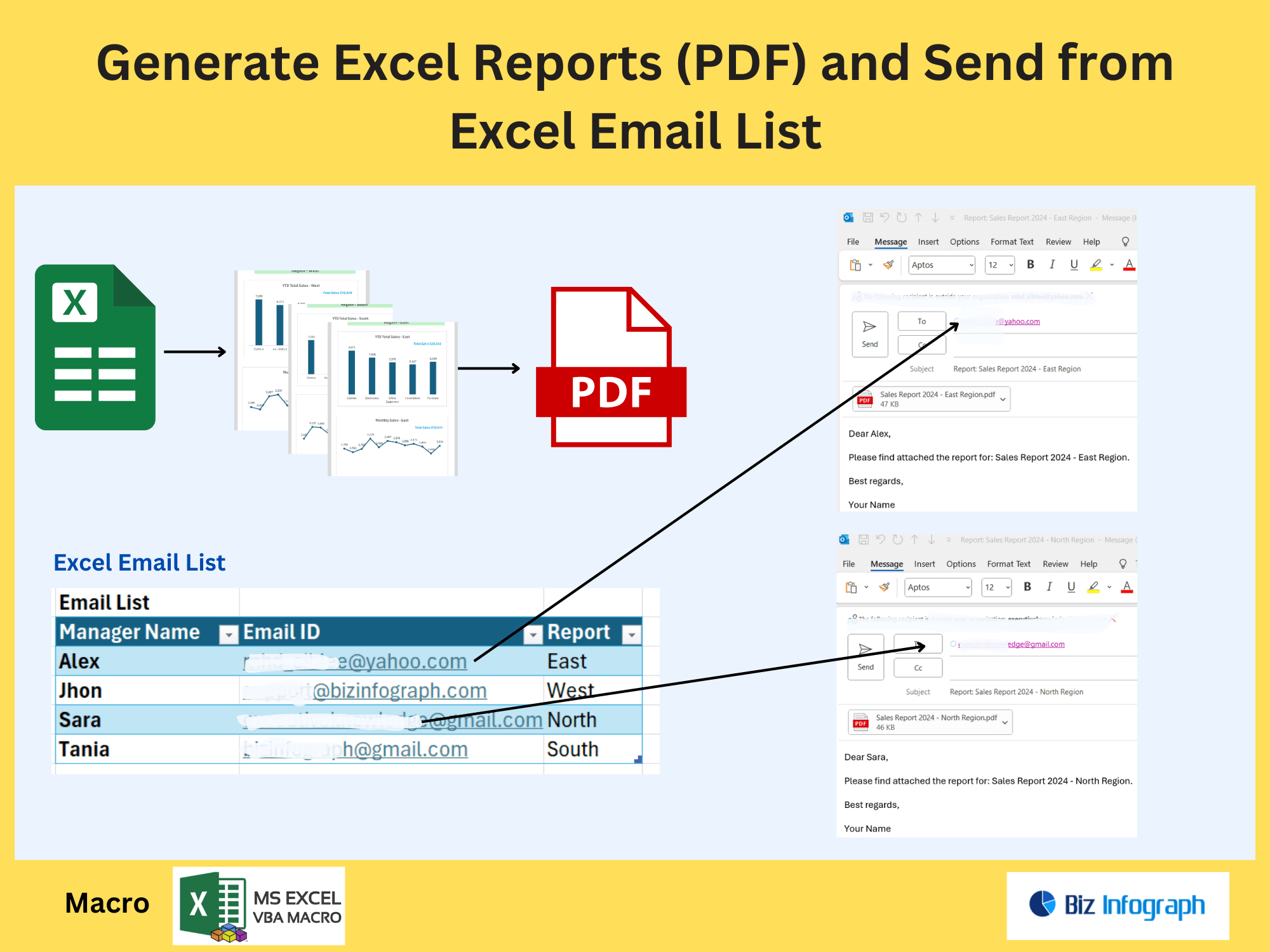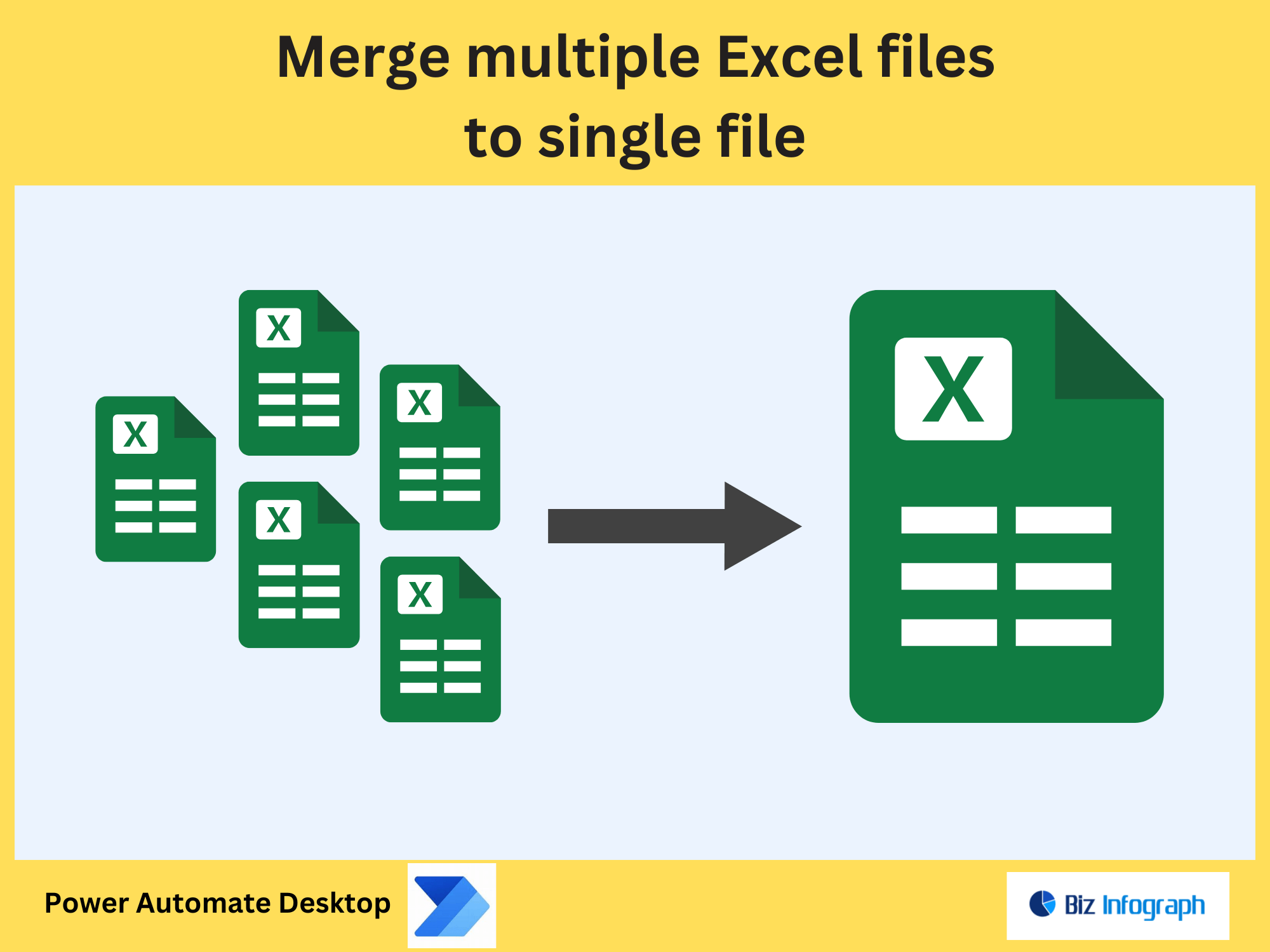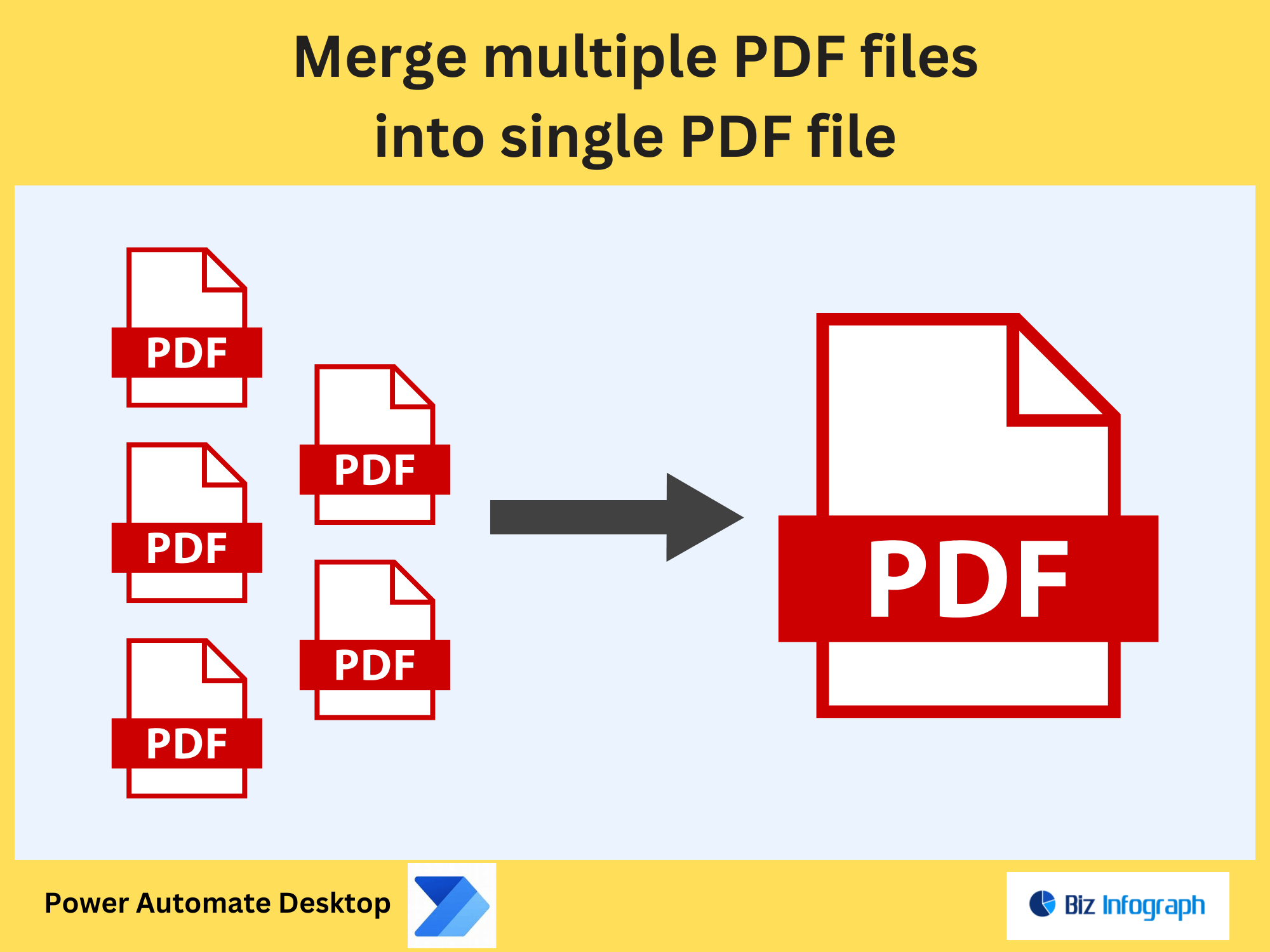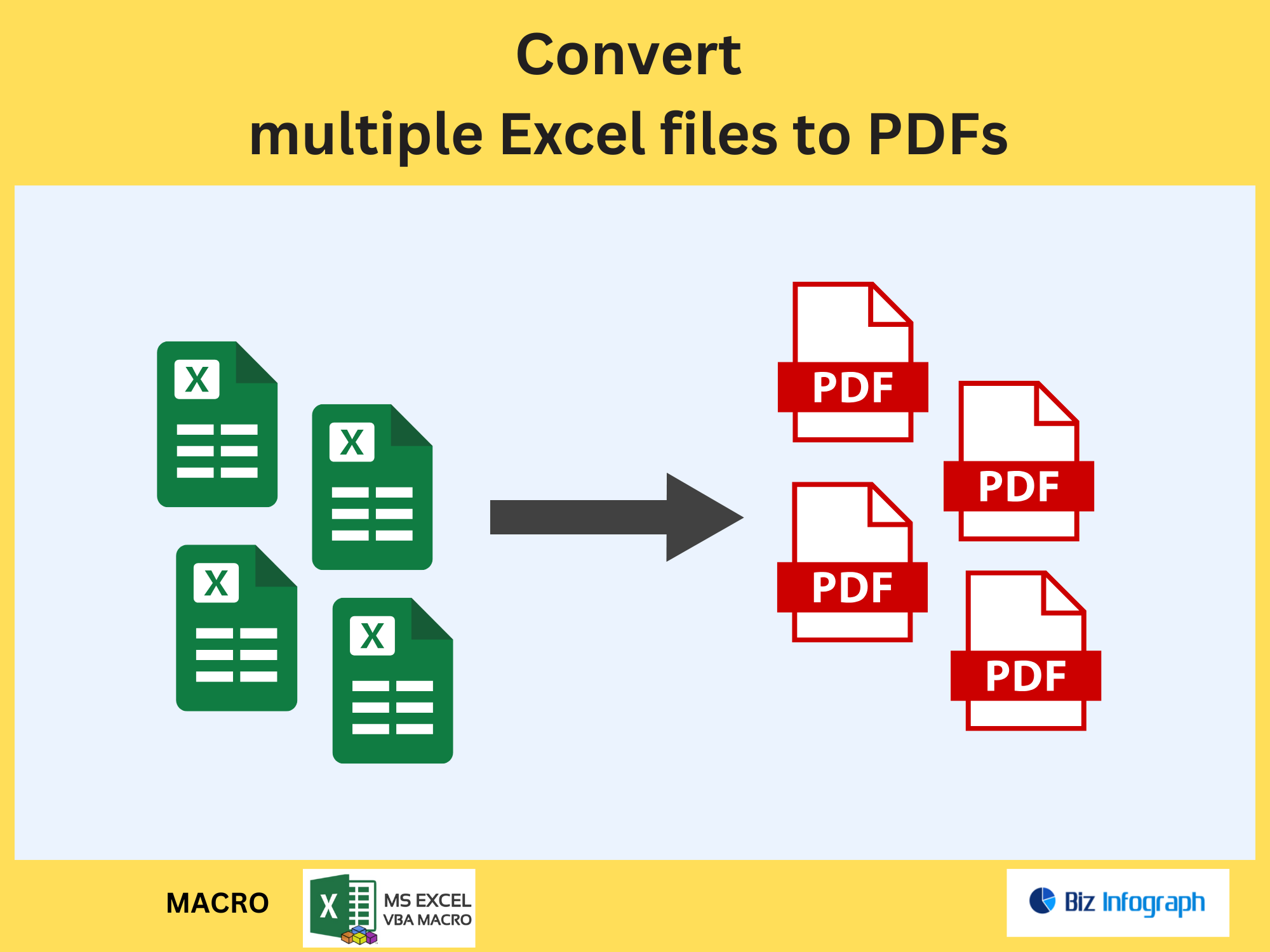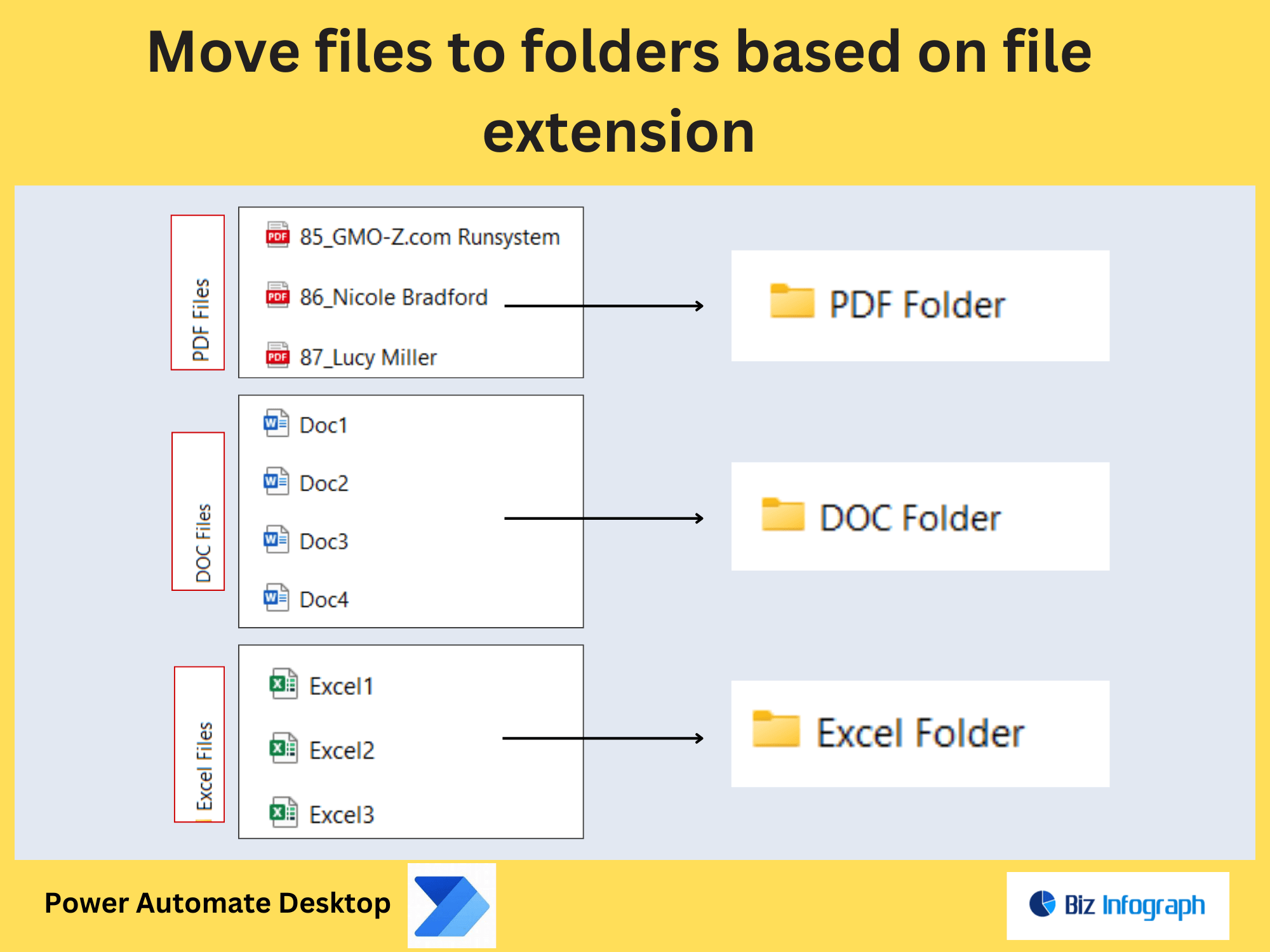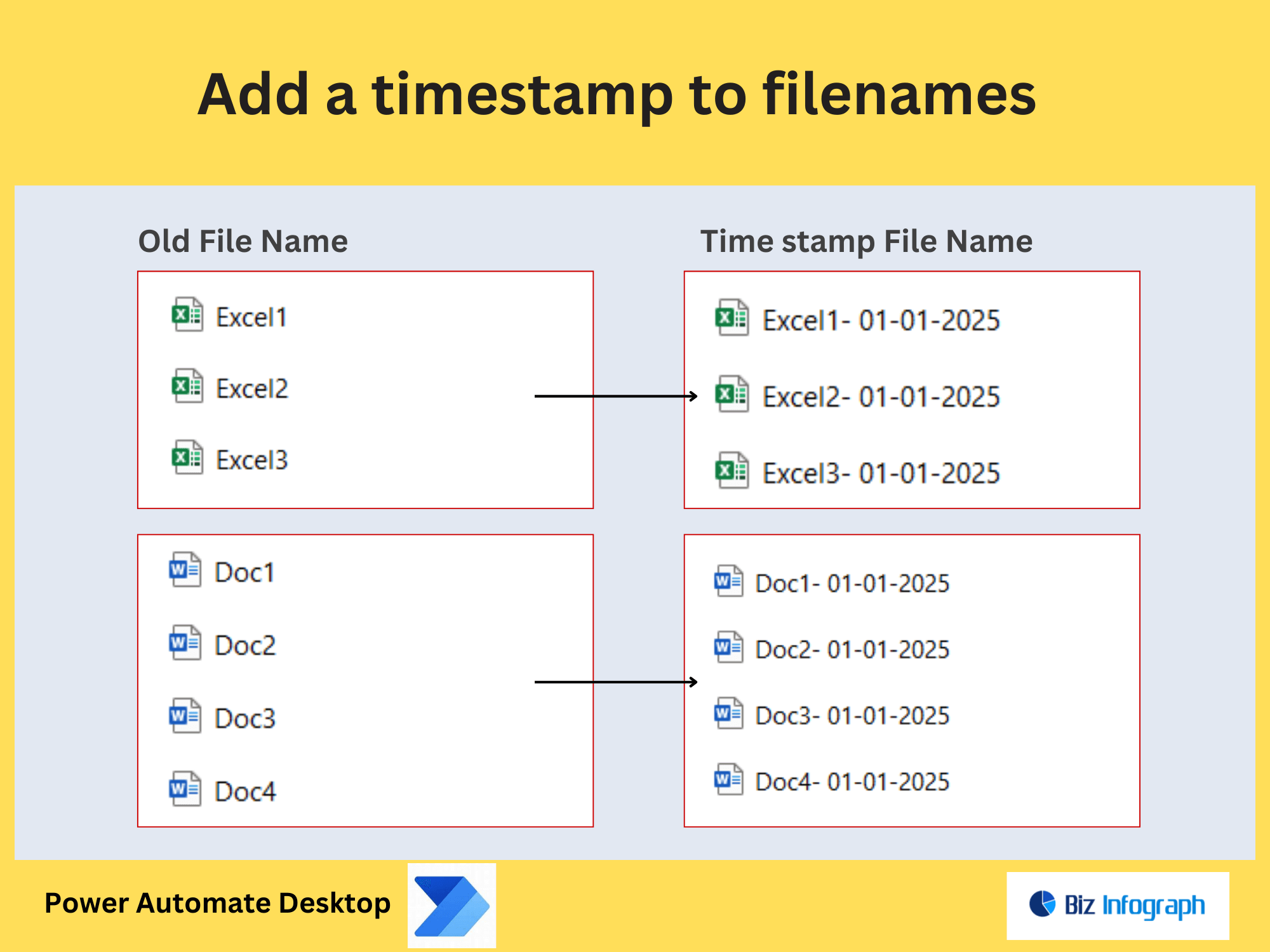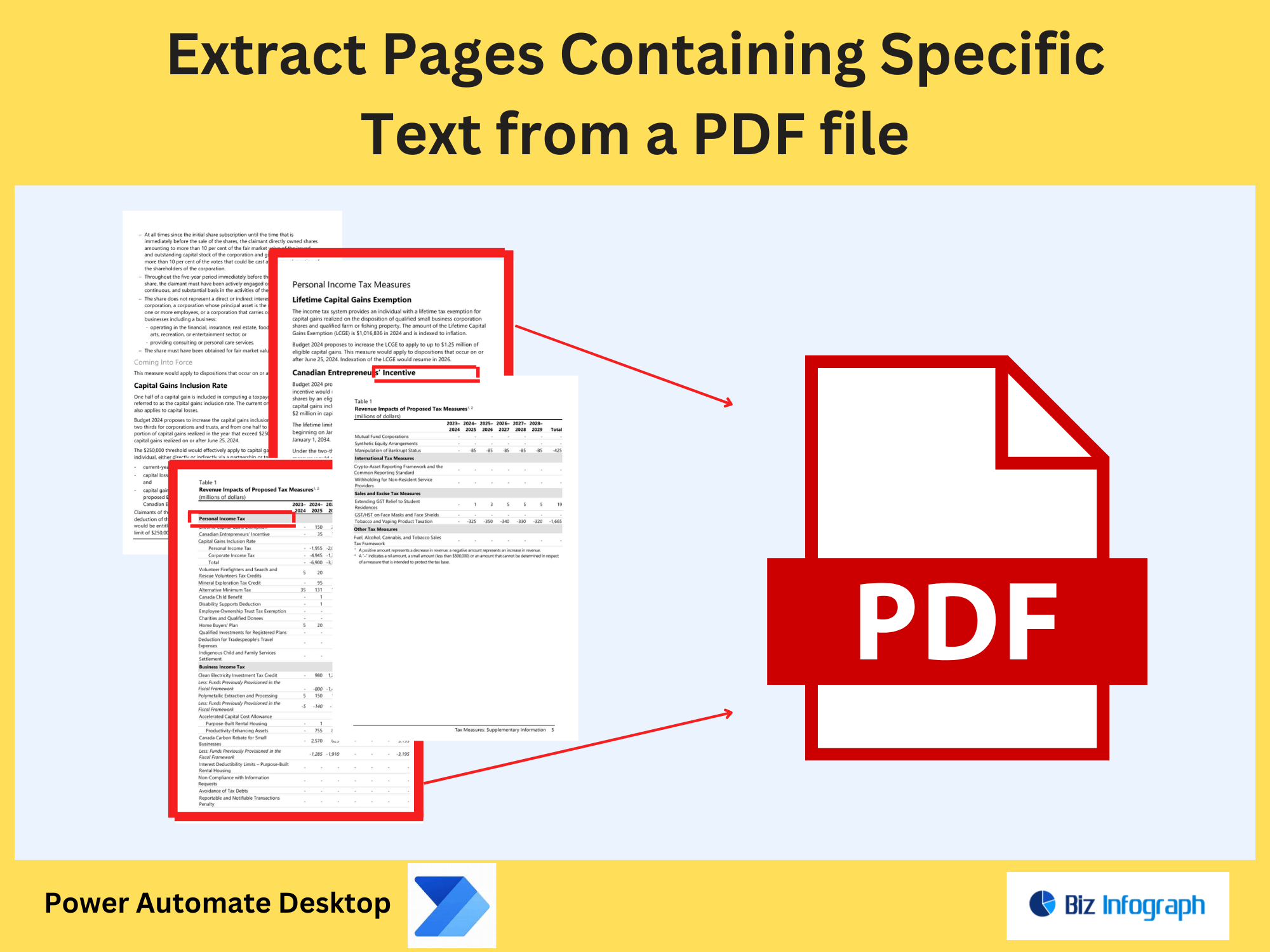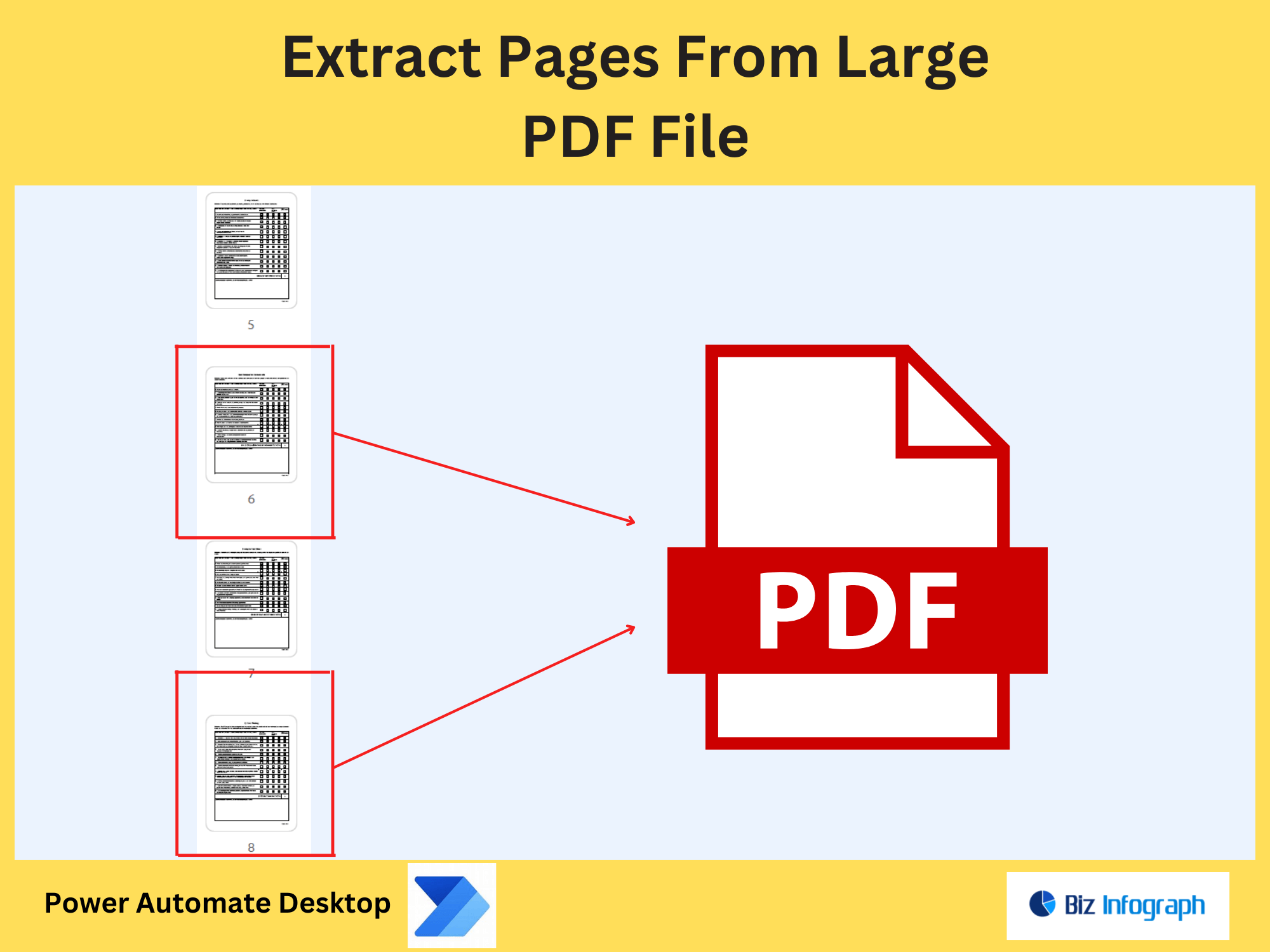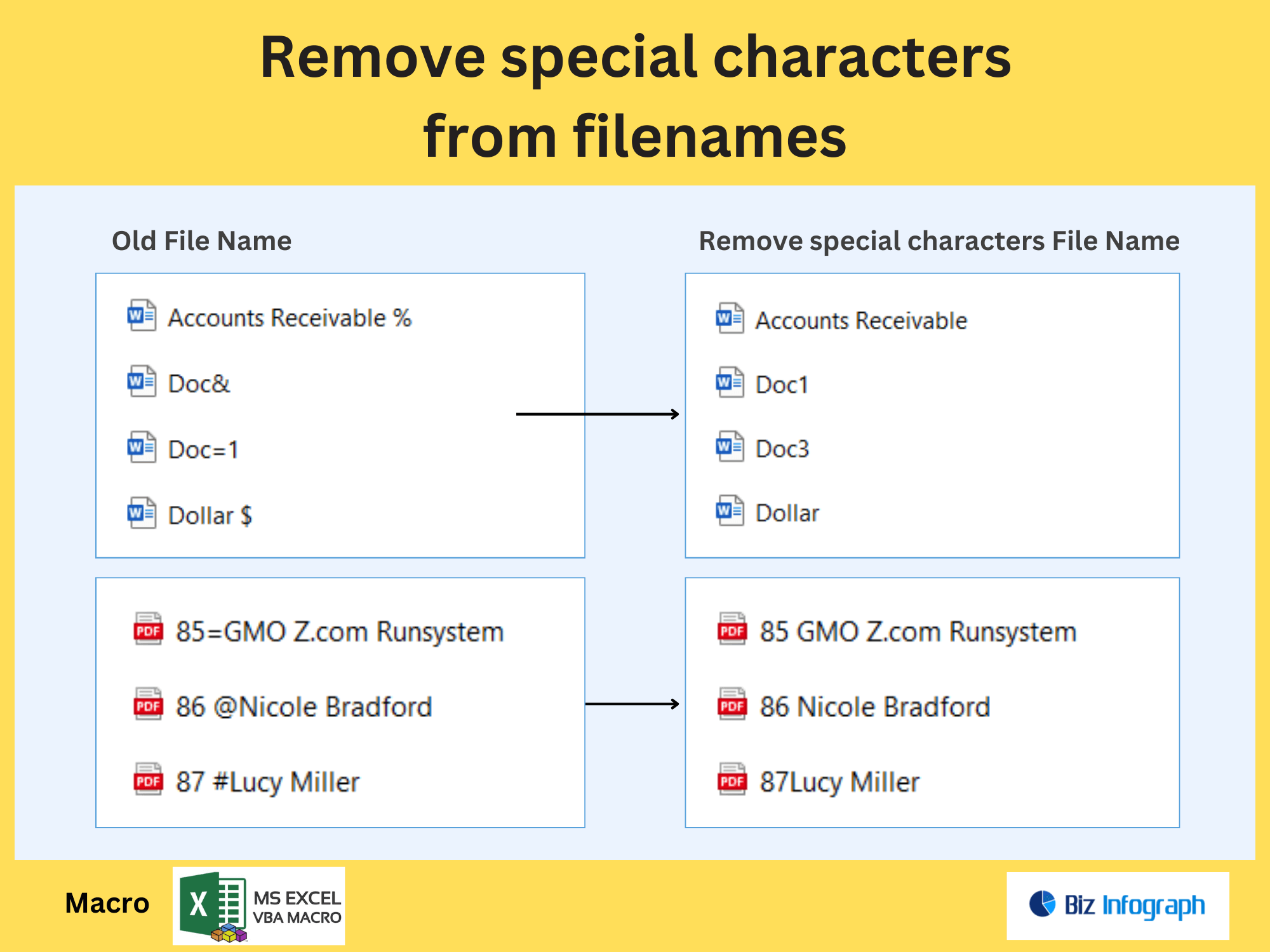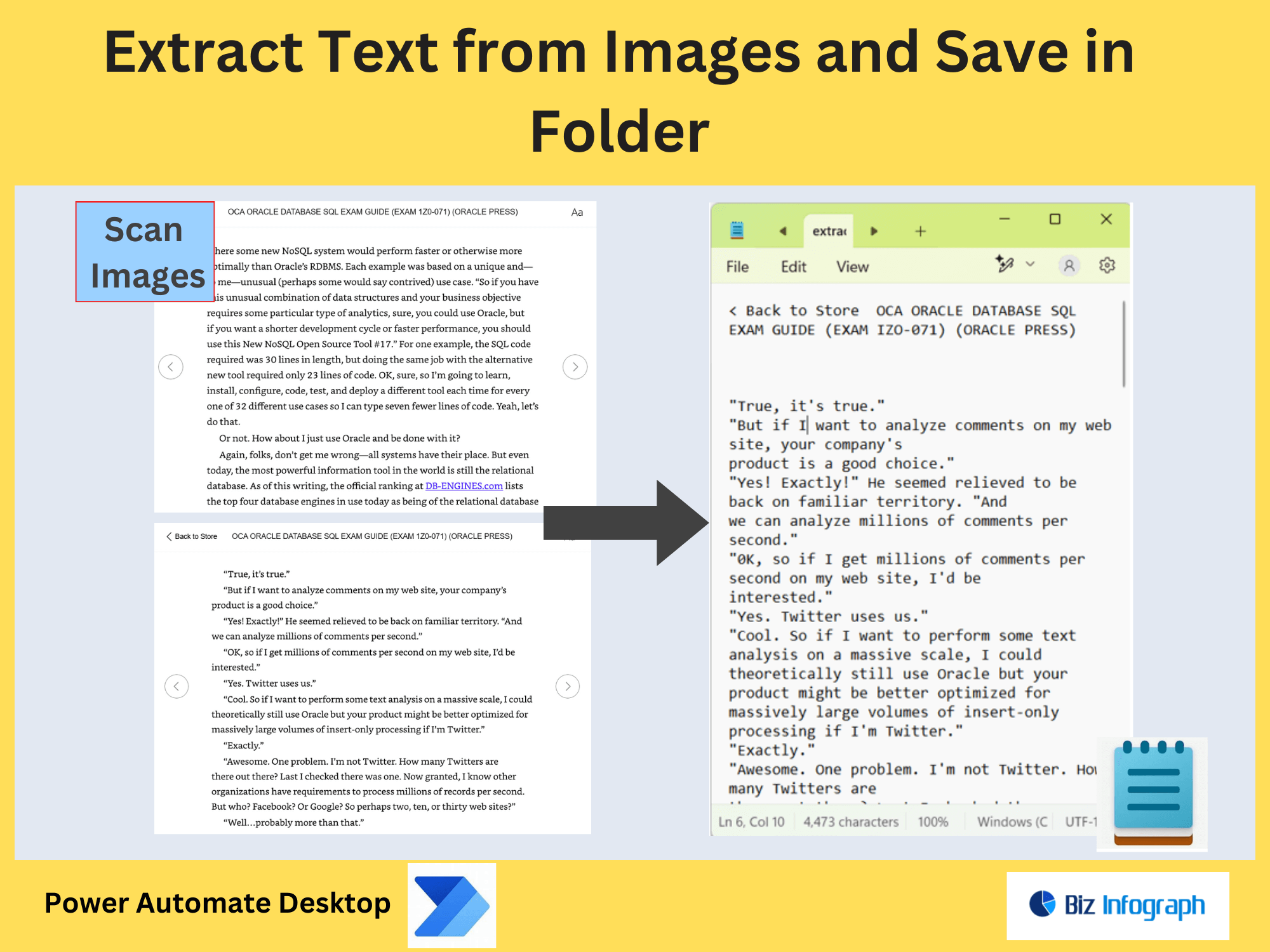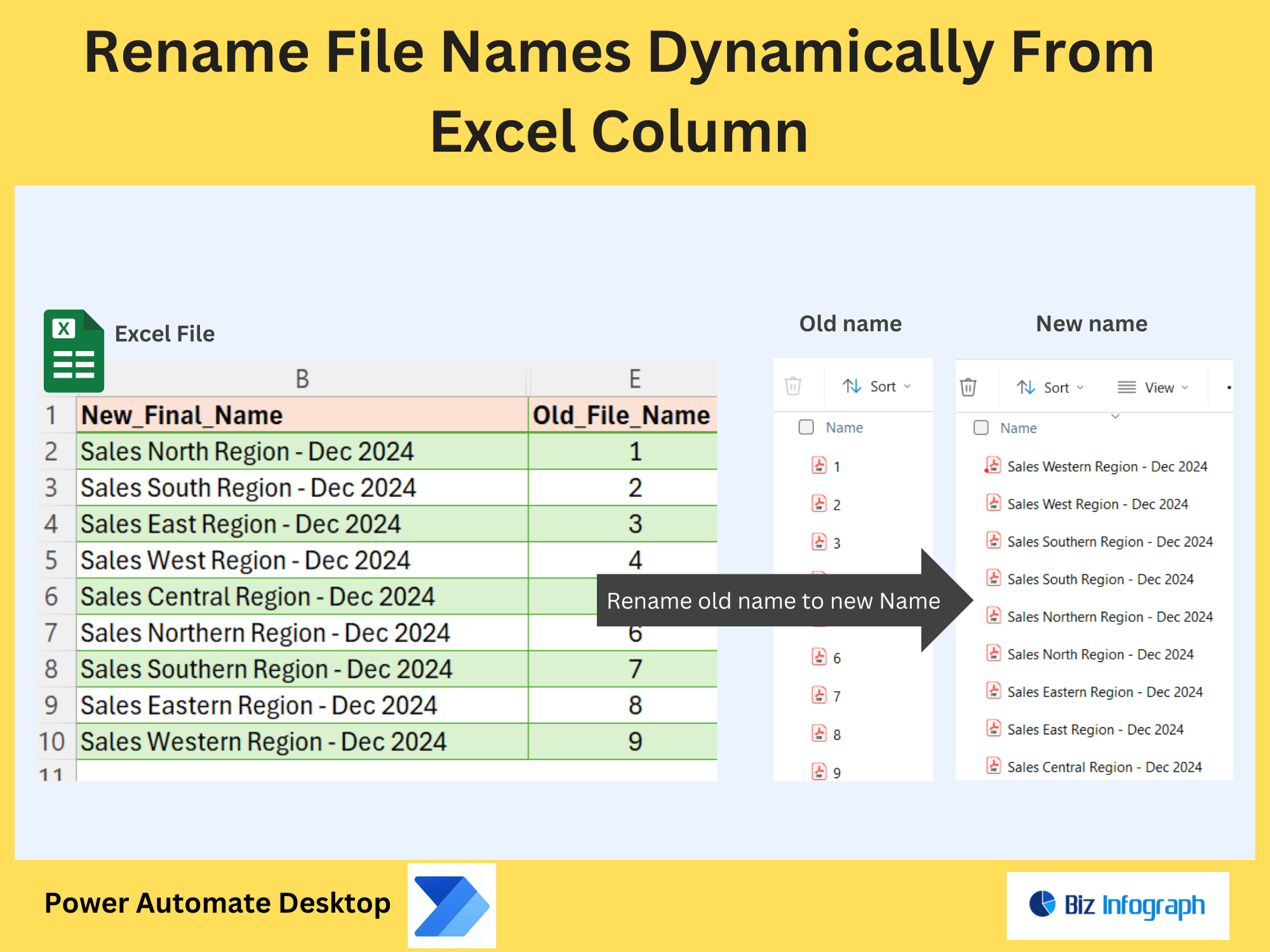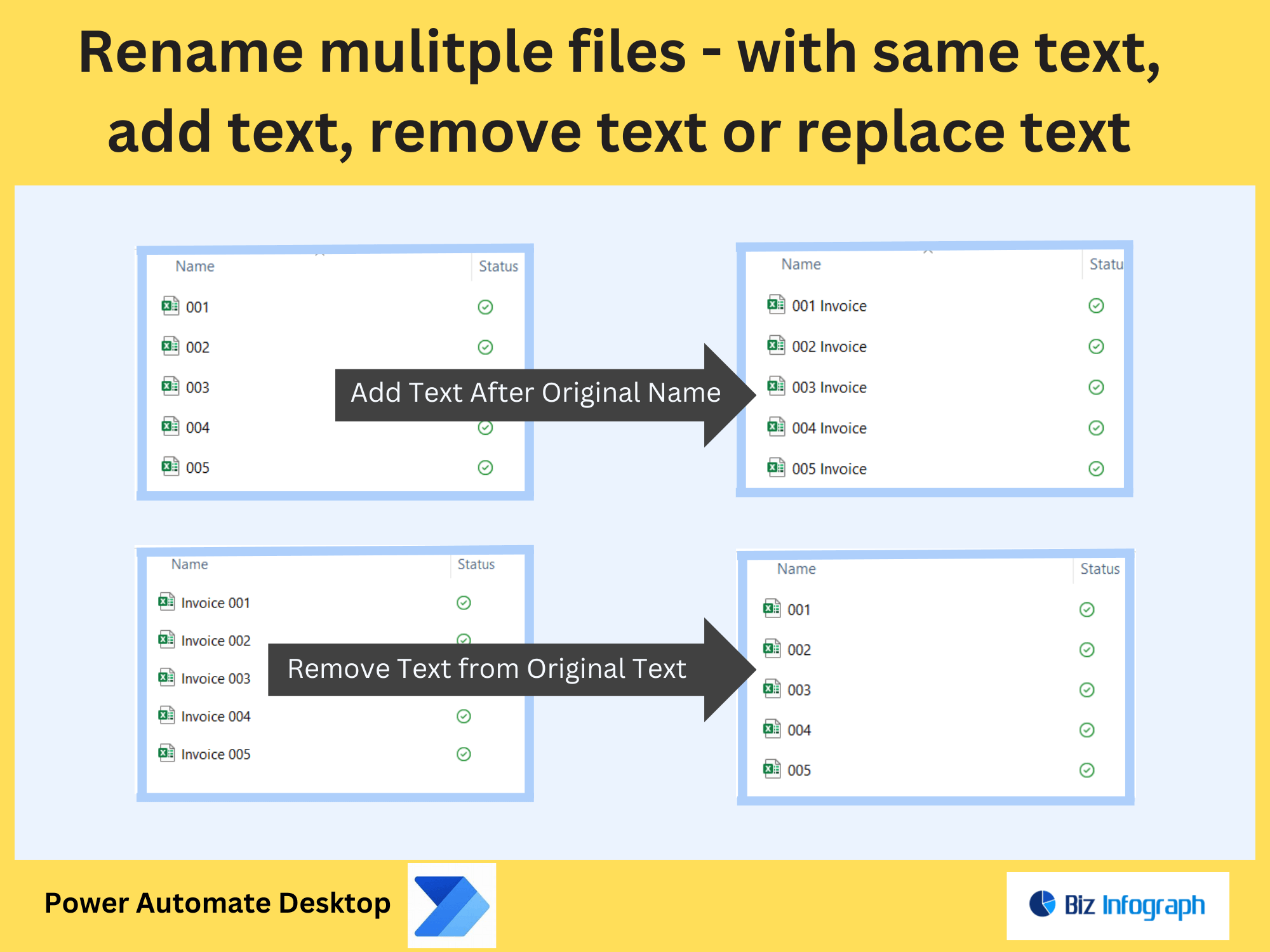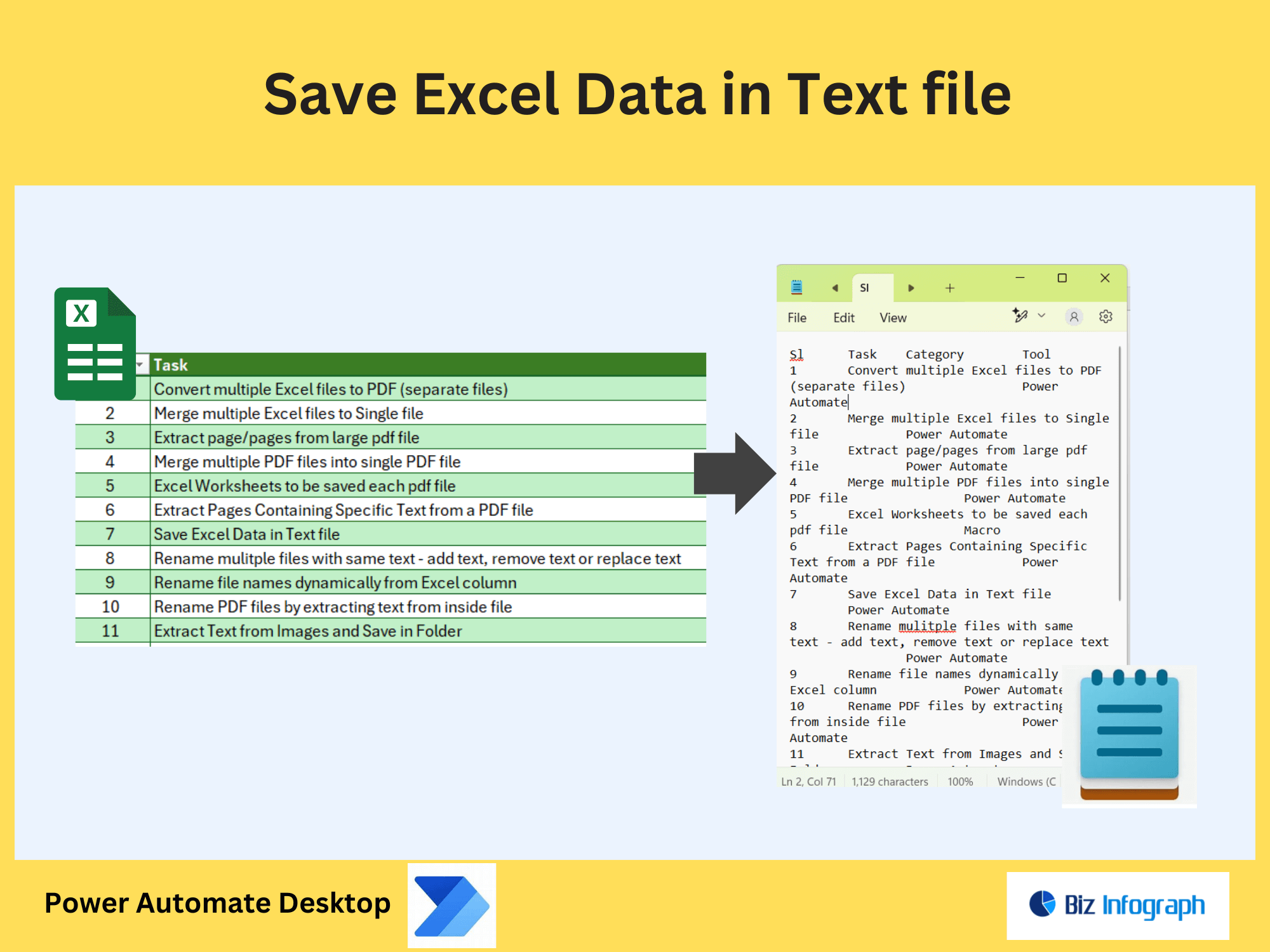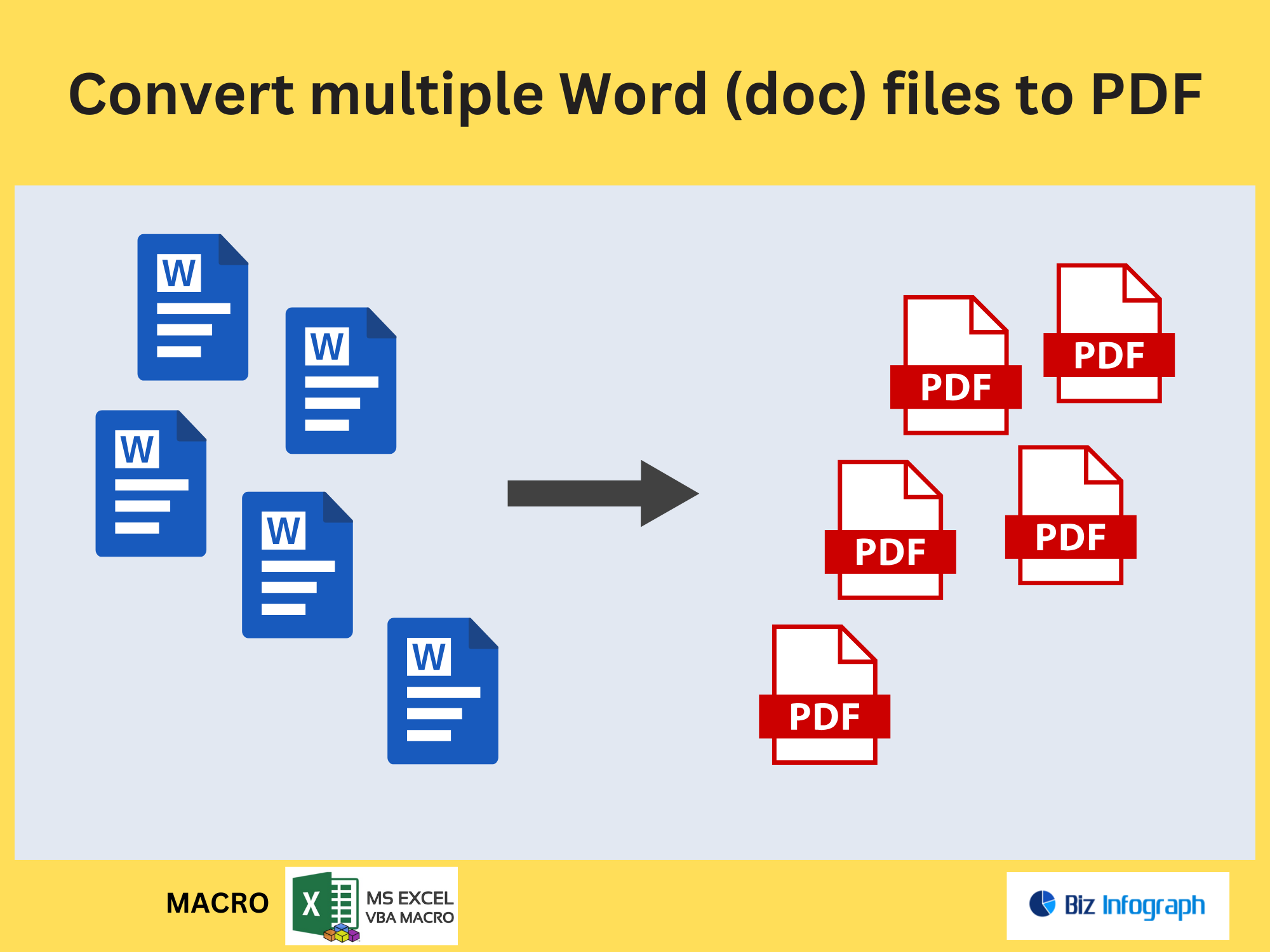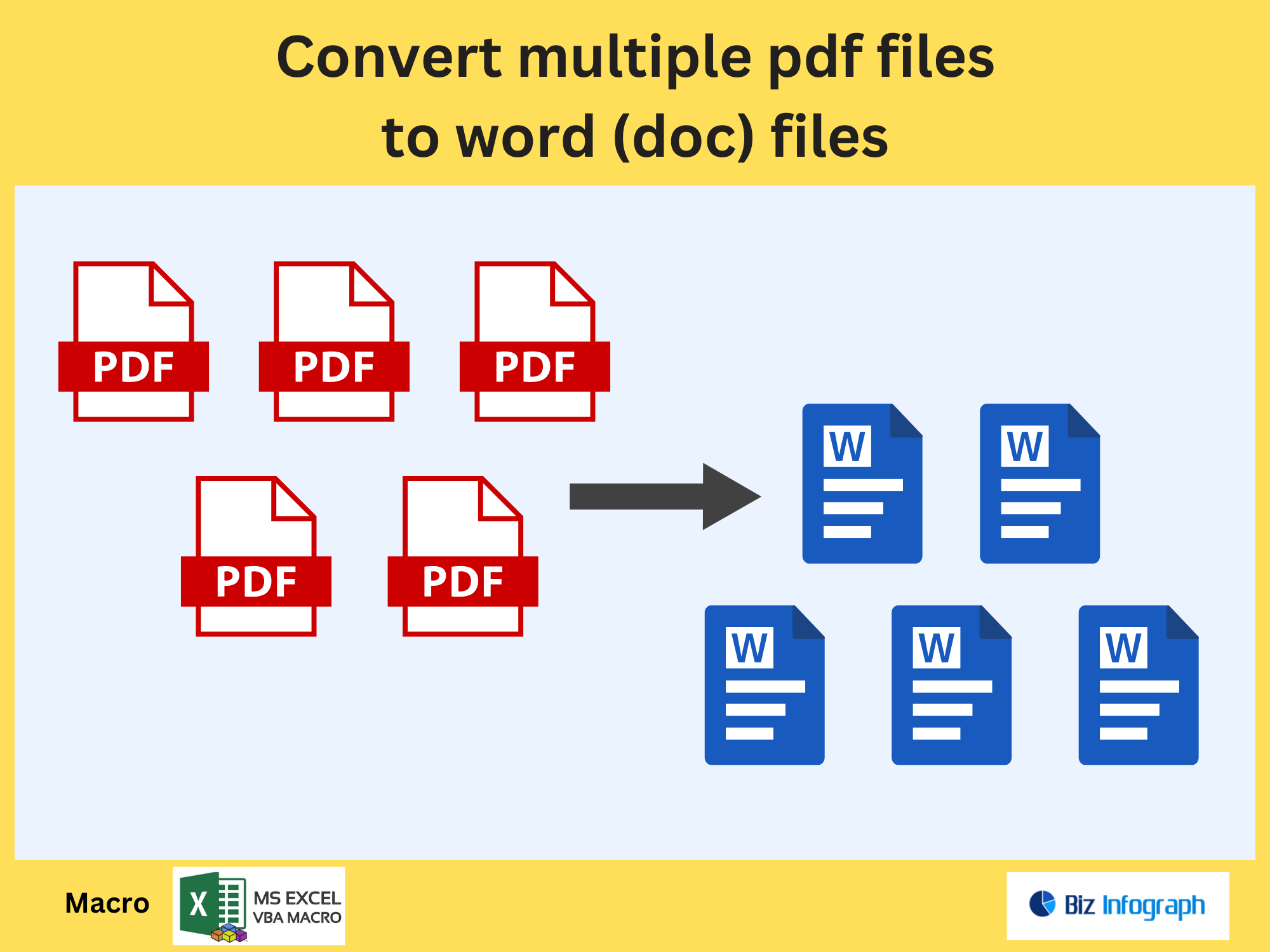Rename PDF File by Extracting Text
Why Rename PDF Files Using Power Automate?
The Need to Rename PDF Files Automatically
In today’s digital world, the need to rename PDF files is more critical than ever, especially when dealing with multiple PDF files or bulk files. Manually renaming each file is time-consuming and prone to errors, particularly when handling documents like invoices or contracts that require specific naming conventions, such as including an invoice number or client name. Automating this process with tools like Power Automate eliminates the need for manual intervention, saving time and ensuring consistency. Whether you’re managing recent files or organizing a large archive, automatic renaming based on the content of the document is a highly effective solution for efficient file management.
Benefits of File Renaming Based on Content
Renaming PDF files based on content offers numerous advantages, especially when using automation tools like Power Automate. By extracting text within the first page of each document, such as an invoice number or client name, you can create meaningful and descriptive PDF file names. This approach not only improves organization but also makes it easier to locate specific files. For businesses handling batch rename PDF files, this method ensures consistency and accuracy across all documents. Additionally, automating the process eliminates the need for manual renaming, reducing the risk of errors and freeing up time for more critical tasks.
How to Rename PDF Files with Power Automate
Setting Up Power Automate for PDF Renaming
To begin renaming PDF files with Power Automate, you first need to set up a workflow that automates the process. Start by creating a new flow and selecting the trigger, such as when a file is added to a specific folder. Next, use actions like “Extract Text” to pull relevant information from the first page of each document, such as an invoice number or client name. Power Automate allows you to configure document naming settings to rename files based on the extracted text. This setup ensures that the files are going to be renamed accurately and consistently. By leveraging Power Automate’s built-in renaming functionality, you can streamline the process and eliminate the need for manual intervention.
Automatically Rename PDF Files Based on Extracted Text
Once the workflow is set up, Power Automate can automatically rename PDF files based on the extracted text. For example, if the text within the document includes an invoice number, the software will process the input PDF and rename the file accordingly. This method is particularly useful for batch renaming PDF files, as it handles and rename multiple PDF files simultaneously. Power Automate also allows you to preview the files before confirming the renaming process, ensuring accuracy. Additionally, the tool provides a processing report that shows detailed information on how many files have been renamed, making it easy to track the progress of your workflow. This automation is ideal for businesses and individuals who need to rename files that need to be organized quickly and efficiently.
Step-by-Step Tutorial for Renaming PDFs Using Power Automate
Extracting Text from PDF Files
The first step in renaming PDF files with Power Automate is extracting text from the documents. Use the “Extract Text” action to pull relevant information from the first page of each pdf document, such as an invoice number or client name. This text will serve as the basis for renaming the files. Power Automate allows you to specify the content position within the document, ensuring that the correct text is extracted. Once the text is extracted, you can use it to create custom file names for each document. This step is crucial for ensuring that the renamed files are accurate and meaningful.
Configuring File Renaming Workflows in Power Automate
After extracting the text, configure the renaming workflow in Power Automate. Use the “Rename File” action to automatically rename the PDF files based on the extracted text. For example, if the text includes an invoice number, the software will rename the file to include that number. Power Automate also allows you to preview the files before confirming the renaming process, ensuring accuracy. Additionally, you can create backup copies of the input files before renaming them, providing an extra layer of security. This step ensures that the files are going to be renamed correctly and efficiently.
Testing and Finalizing the Renaming Process
Before finalizing the renaming process, test the workflow to ensure it functions as intended. Run the flow with a sample PDF to verify that the files are renamed correctly based on the extracted text. Power Automate provides a processing report that shows detailed information on how many files have been renamed, making it easy to track the progress of your workflow. Once you’re satisfied with the results, finalize the process and let Power Automate handle the automatic renaming of your PDF files. This step ensures that the goal is to rename multiple files accurately and efficiently is achieved.
Best Practices for Renaming PDF Files with Power Automate
Organizing Files Based on Content
When renaming PDF files with Power Automate, it’s essential to organize them based on the content of the document. Use descriptive names that reflect key details, such as an invoice number or client name, to make the files easier to locate. Power Automate allows you to extract text from the first page of each document and use it to add file names. This approach ensures consistency across your documents and improves overall file management. Additionally, consider creating backup copies of the input files before renaming them, providing an extra layer of security.
Tips for Efficient and Error-Free File Renaming
To ensure efficient and error-free file renaming, follow these best practices when using Power Automate. First, always preview the files before confirming the renaming process to avoid errors. Second, use descriptive names based on the content of the document, such as an invoice number or client name, to make the files easier to locate. Third, create backup copies of the input files before renaming them, ensuring that you have a fallback option if needed. Finally, leverage Power Automate’s processing report to track the progress of your workflow and ensure that all files are renamed correctly. By following these tips, you can streamline the renaming process and improve your file management workflow.
For ready-to-use Dashboard Templates:
- Financial Dashboards
- Sales Dashboards
- HR Dashboards
- Data Visualization Charts
- Power BI - Biz Infograph
